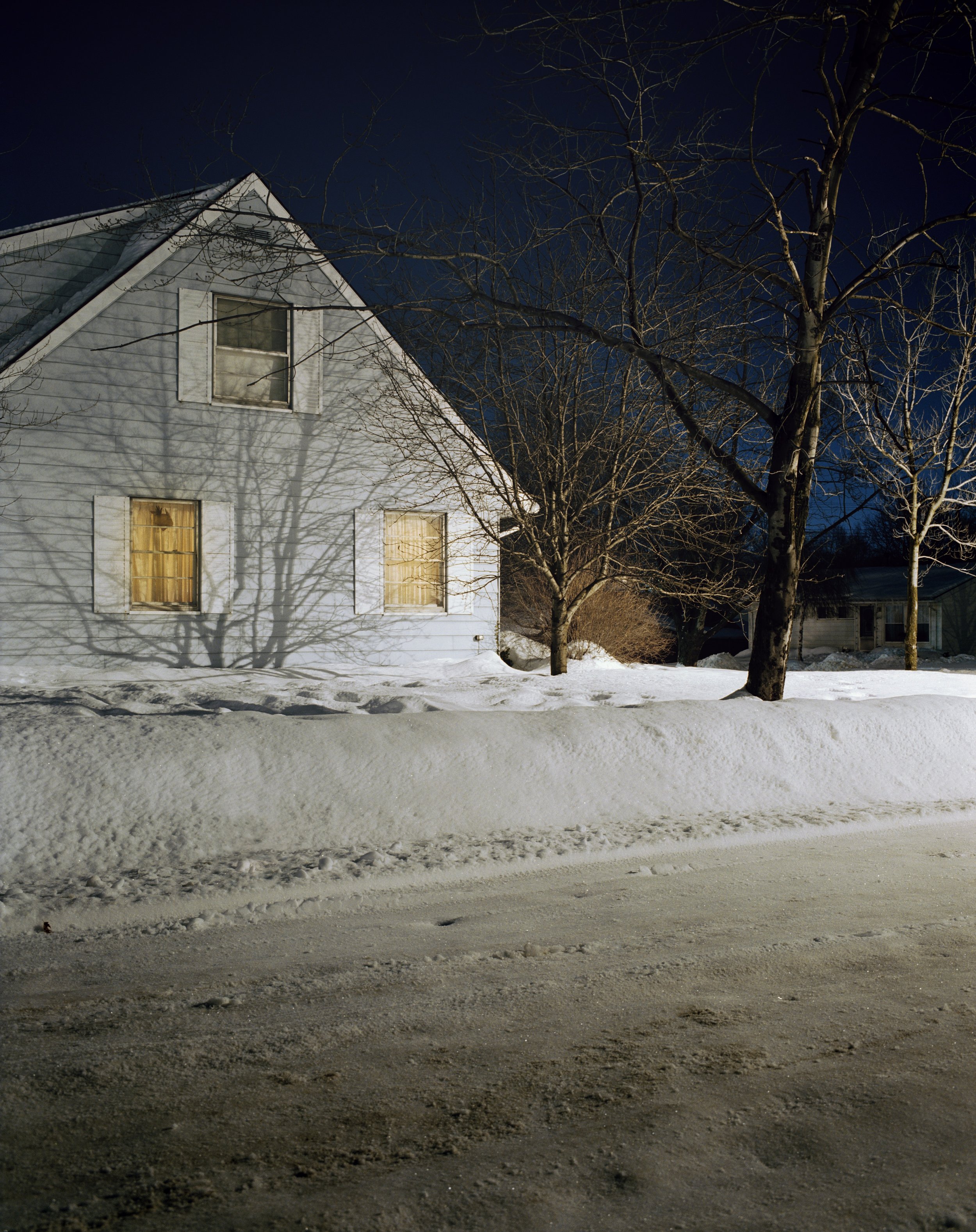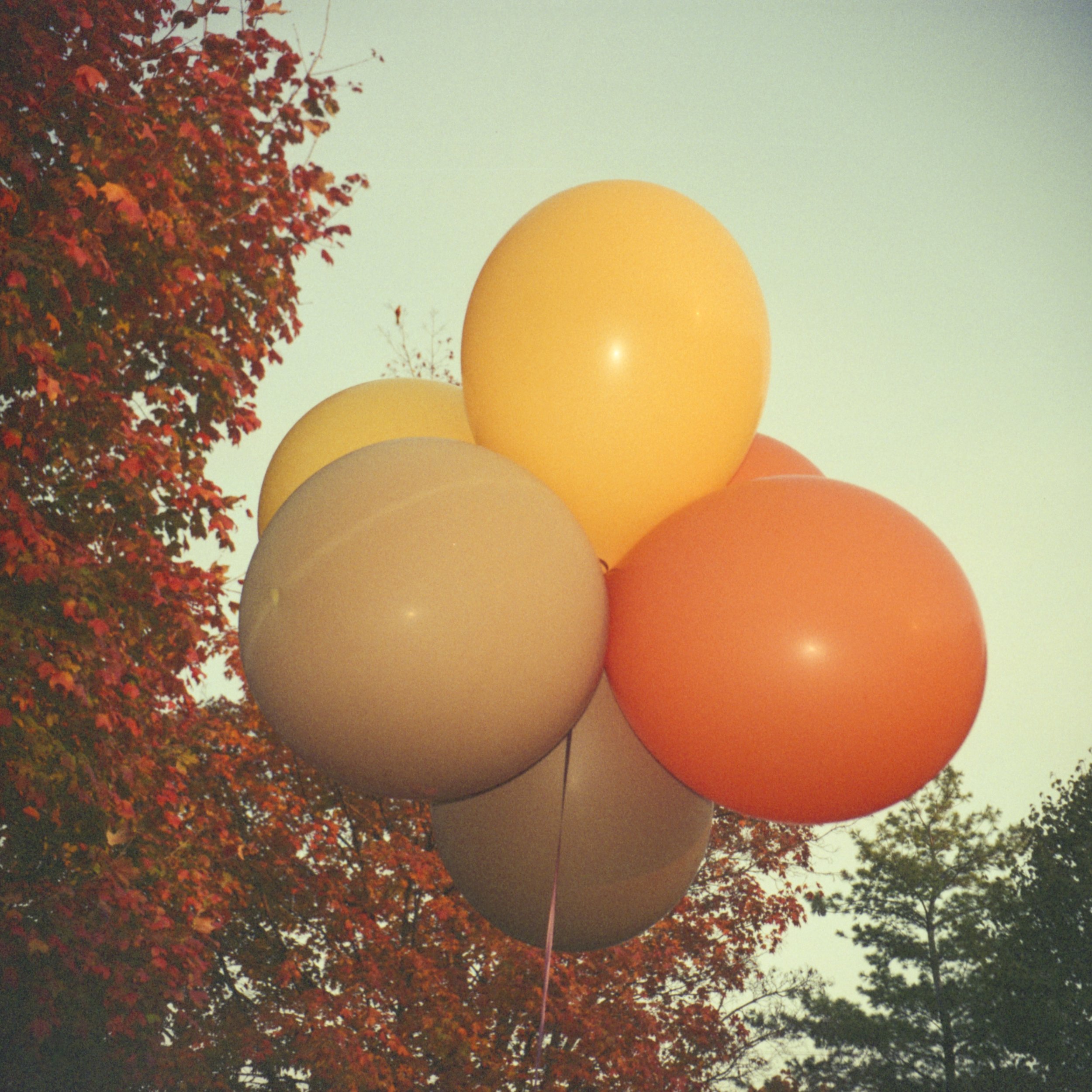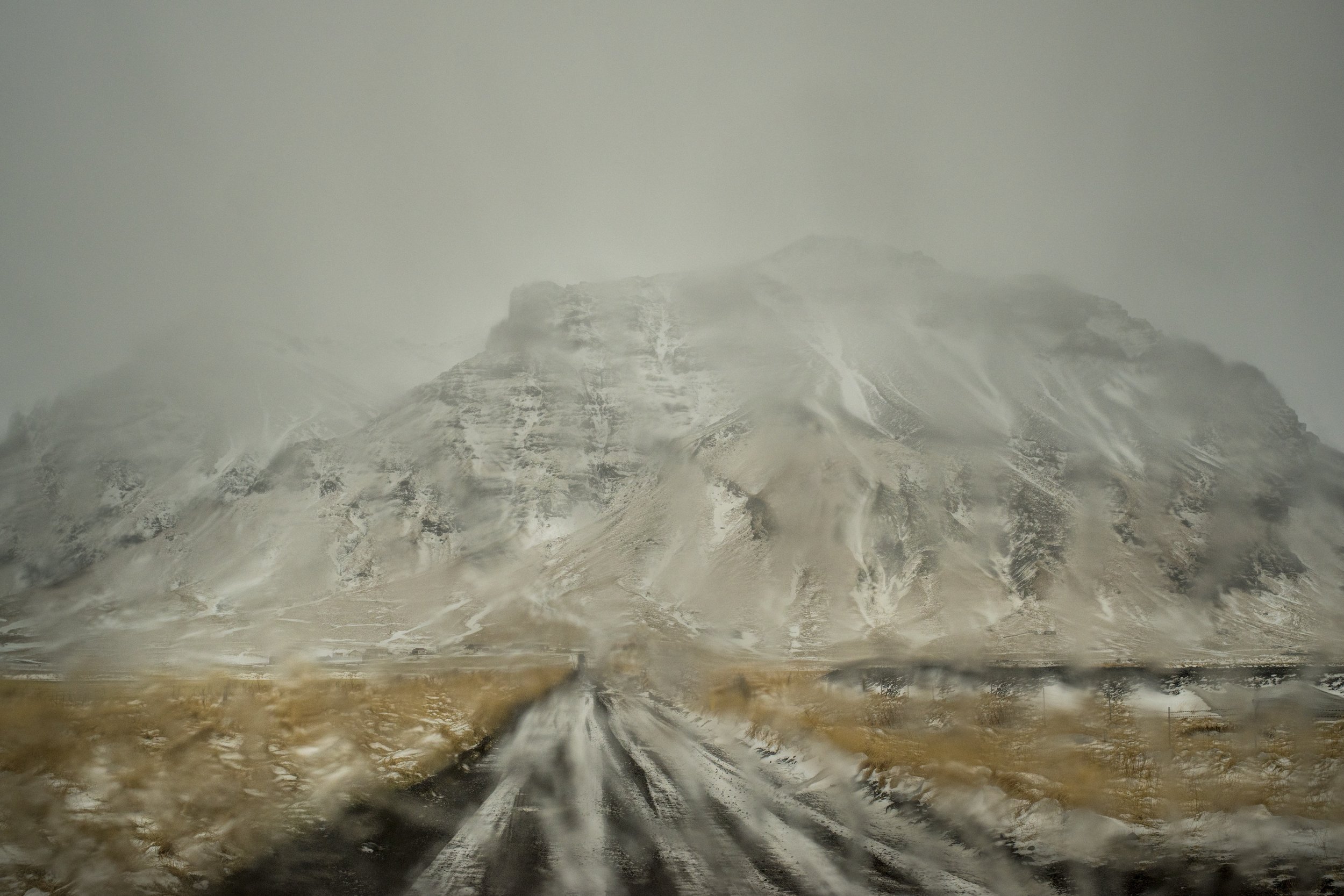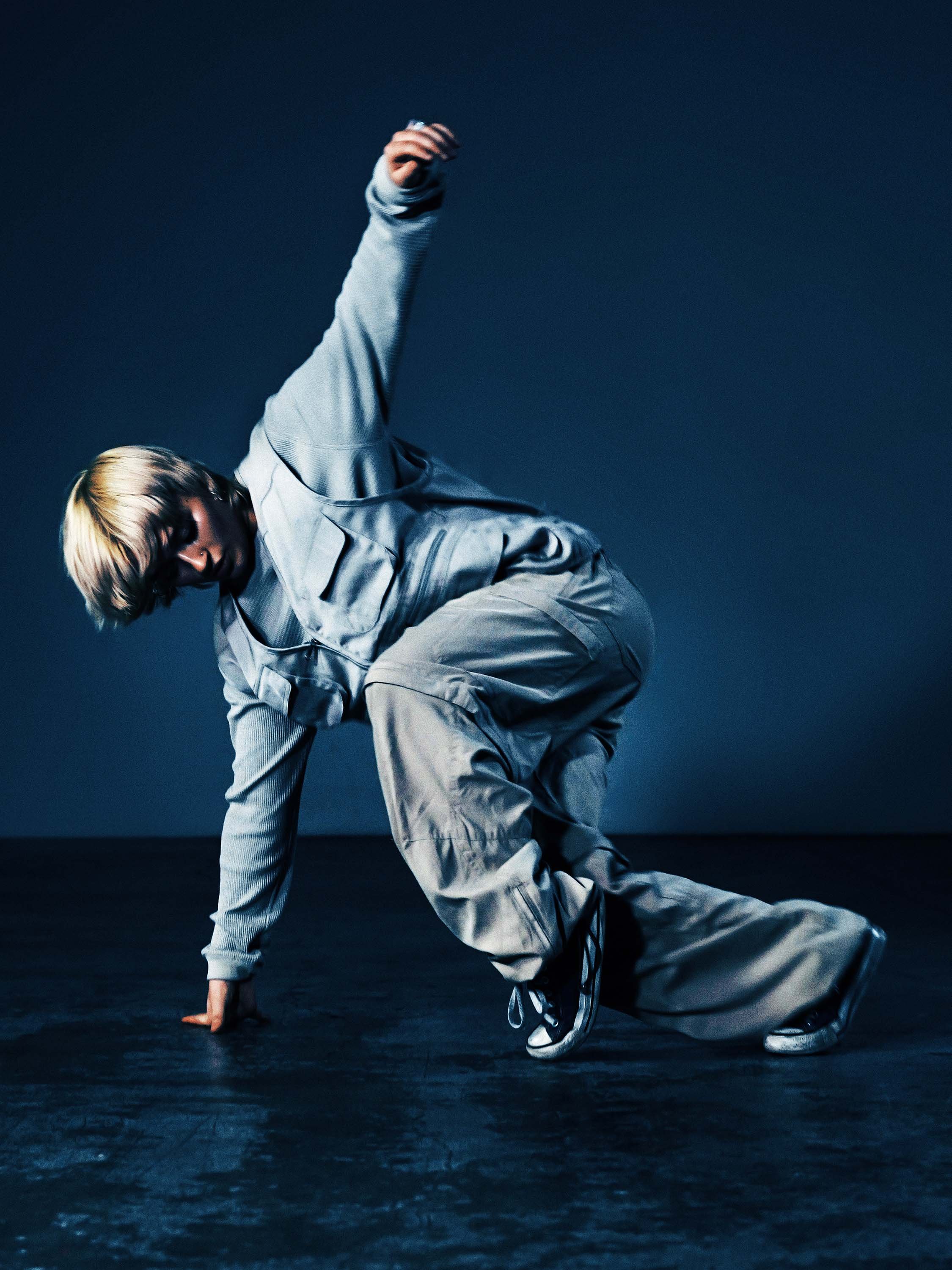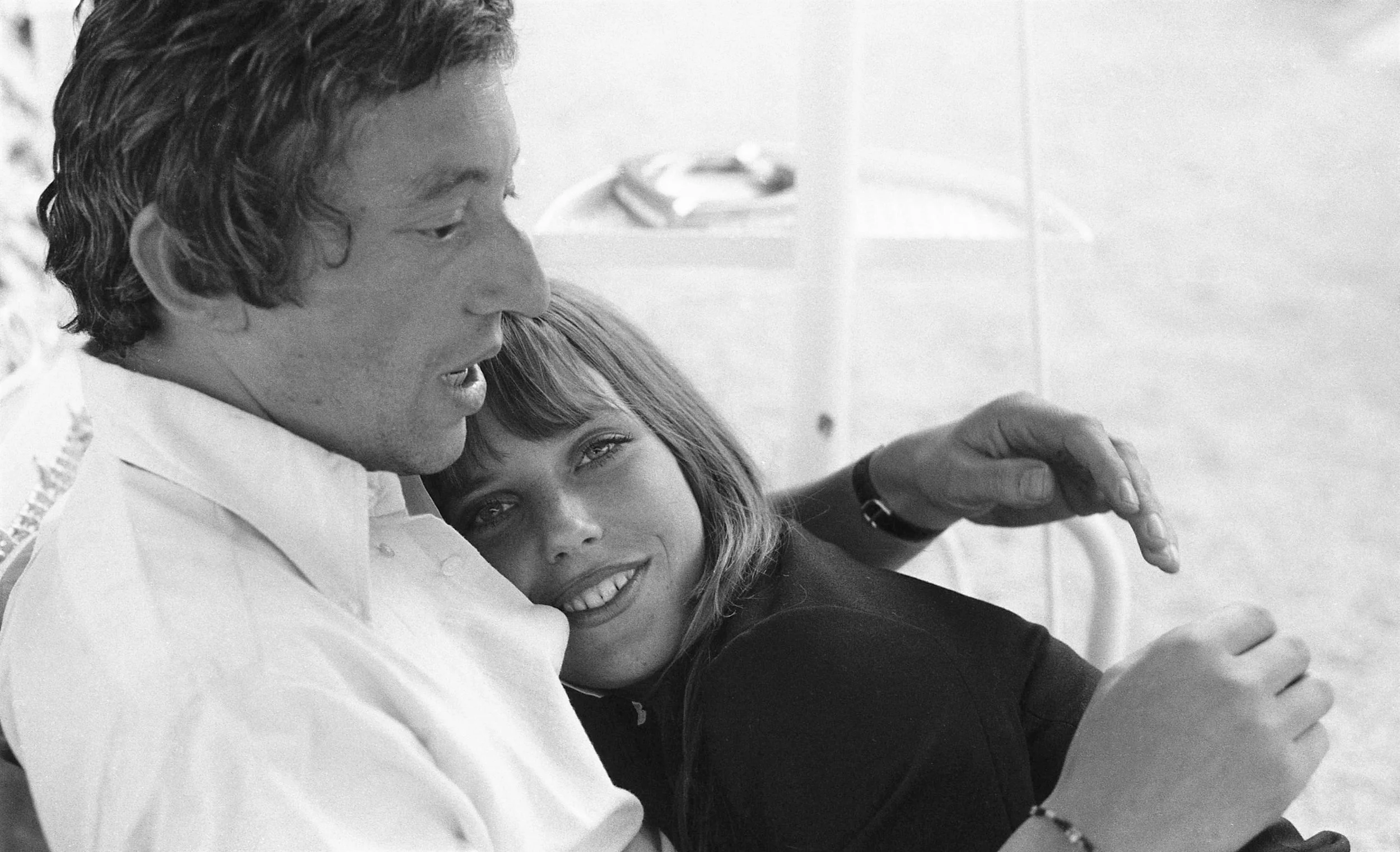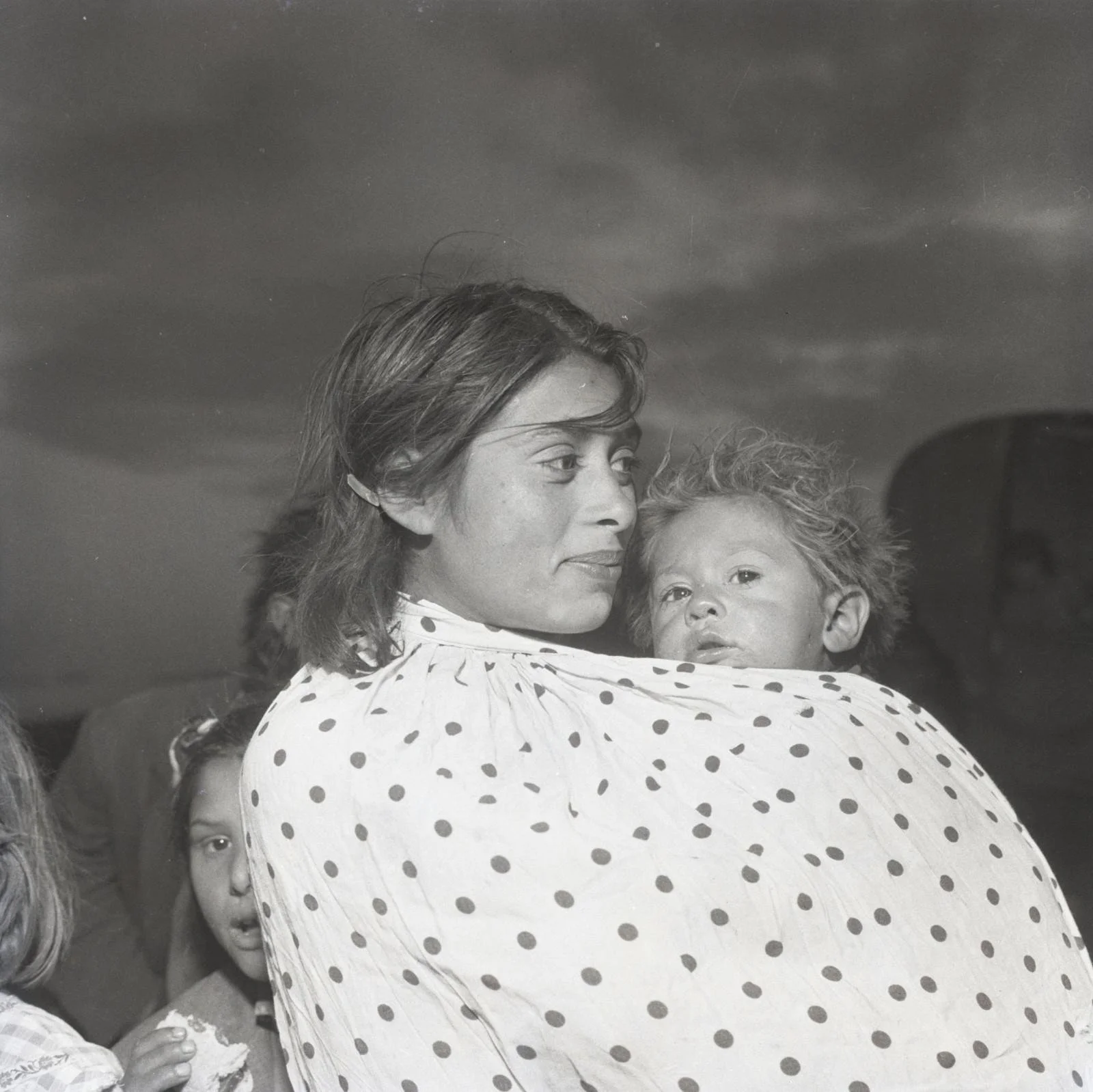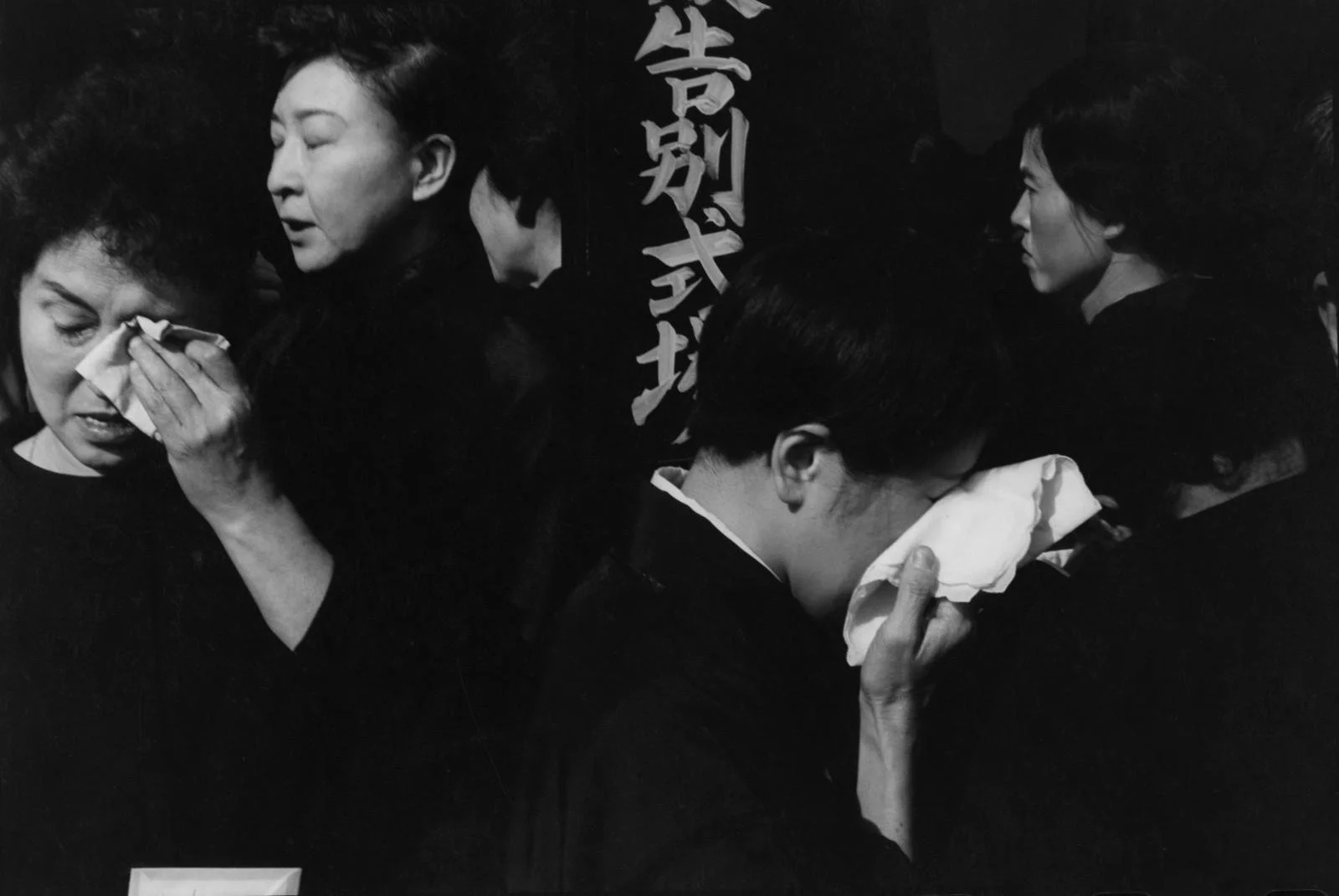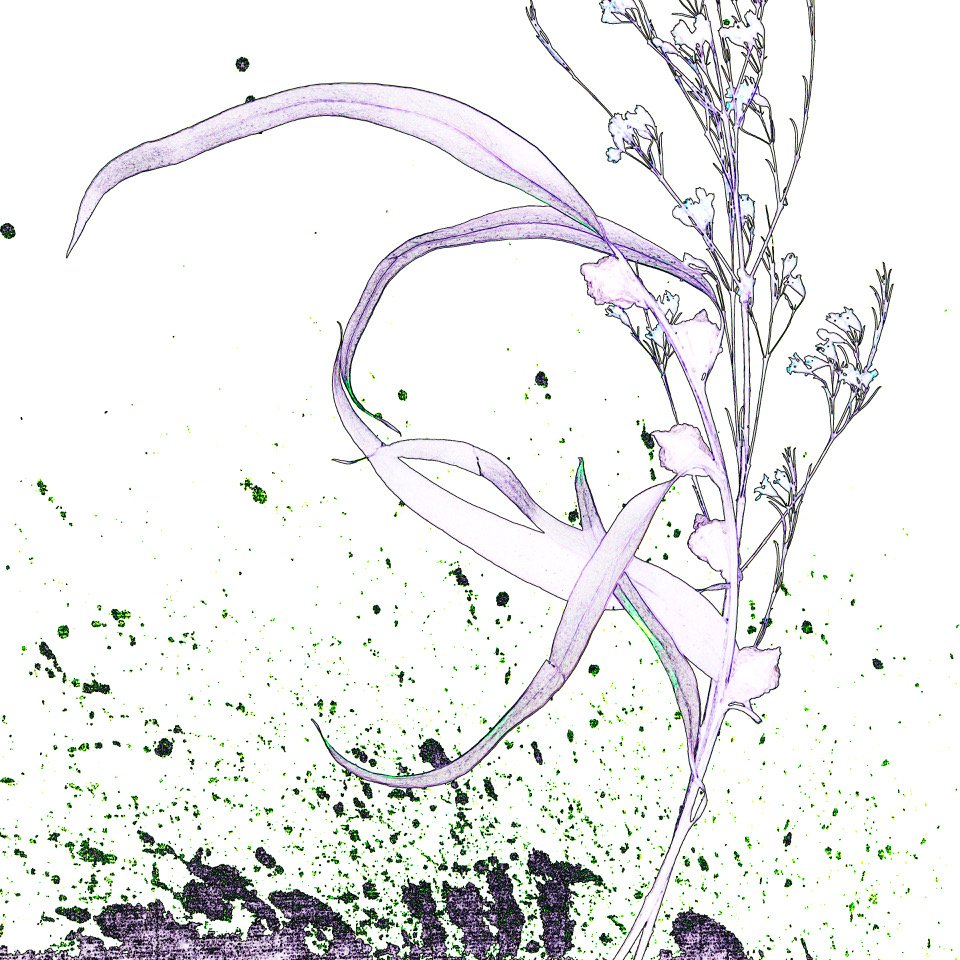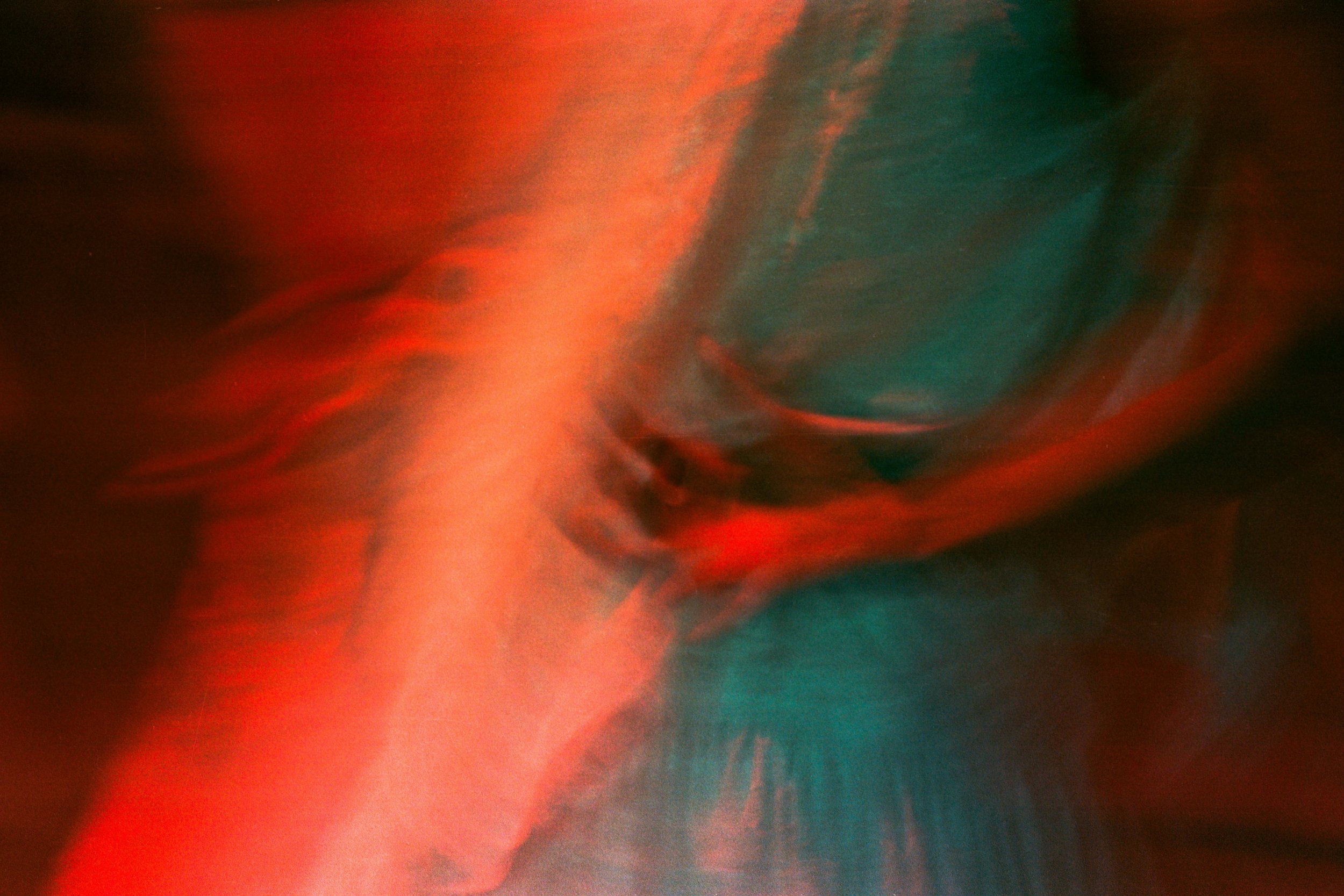
Sortilèges | Fondation Manuel Rivera-Ortiz | Arles
Fondation Manuel Rivera-Ortiz | Arles
7. Juli – 5. Oktober 2025
Sortilèges
Die Ausstellung findet im Rahmen von Les Rencontres de la photographie Arles statt.
Alumbre Na Macaia © Ian CHEIBUB
Im Jahr 2025 feiert die Manuel Rivera Ortiz Stiftung ihr 10-jähriges Bestehen im Hotel Blain mit einer betörenden Erkundung des Mysteriums, der Magie und der okkulten Welten. Dieses Programm lädt dazu ein, die Schwelle zum Unsichtbaren zu überschreiten, das Unbekannte zu ergründen und Glaubensvorstellungen zu hinterfragen, die sich der Vernunft widersetzen. Jede Ausstellung wird zu einem Durchgang, einem Nachhall verborgener Traditionen, einem Eintauchen in das Unbegreifliche. Weit entfernt von Gewissheiten öffnet diese Sinnesreise die Türen der Vorstellungskraft und enthüllt die Aura des Mysteriums. Sie hinterfragt die Konzepte von Gut und Böse: Was wird als schädlich angesehen, was ist spirituell? Sind Hexerei und okkulte Praktiken, die oft marginalisiert werden, Ausdruck einer mystischen Macht oder einer Auflehnung gegen gesellschaftliche Normen?
Glaube und Hexerei sind eng miteinander verbunden und durchziehen die Geschichte als Spiegelbild unserer Ängste und Sehnsüchte. Das Aufkommen der Schrift und die Verbreitung der Bibel stellten einen Wendepunkt dar und führten zu einer Strukturierung des Sakralen und des Profanen. Dieser Umbruch löste die Hexenverfolgungen aus, bei denen diejenigen verfolgt wurden, die altes Wissen, ein Wort außerhalb der Dogmen und eine gefürchtete Gegenmacht verkörperten.
Anhand der Figur der Schwarzen Madonna und der Heiligen Sarah hinterfragt das Programm den Volksglauben, der zwischen Verehrung und Übertretung Kulturen und Epochen überwindet. Die Figur der Hexe, die abwechselnd gefürchtet und rehabilitiert wird, wird in einer feministischen Lesart der Geschichte dekliniert: Symbol der Macht, des Widerstands und des verbotenen Wissens.
Fotohaus erweitert dieses Programm mit dem Thema Kontroverse und Paradox und lädt dazu ein, die Spannungen und Widersprüche zu erforschen, die entstehen, wenn Überzeugungen mit der Realität konfrontiert werden. In einer vom Rationalismus geprägten französischen und europäischen Gesellschaft bleibt die Spiritualität oft an den Rand des vorherrschenden Diskurses gedrängt und schwankt zwischen Faszination und Ablehnung.
Heute, da einige Gesellschaften einen Rückgang außergewöhnlicher Figuren beobachten - sei es im Zusammenhang mit Feminismus, Protest oder anderen Formen der Einzigartigkeit -, eröffnet Sortilèges eine Reflexion über diese verborgenen Erinnerungen und ihre Resonanz in unserer heutigen Welt.
Die westliche Gesellschaft hat, indem sie den Rationalismus zur Norm erhoben hat, häufig Formen der Spiritualität, die sich ihrem institutionellen Rahmen entziehen, abgelehnt oder heruntergespielt. Dennoch existieren diese marginalisierten Glaubensrichtungen und Praktiken weiterhin, da sie eine andere Lesart der Welt vermitteln. Können wir das Unerklärliche noch akzeptieren? Sind wir bereit, diese verdrängten Traditionen, Überzeugungen und Kenntnisse zu umarmen, um eine offenere Welt aufzubauen? Oder sind wir dazu verurteilt, den Ausschluss dessen, was unsere Vernunft übersteigt, fortzusetzen?
Gypsy Witches © Silvia PRIÓ
En 2025, la Fondation Manuel Rivera Ortiz célèbre ses 10 ans à l’Hôtel Blain avec une exploration envoûtante du mystère, de la magie et des mondes occultes. Ce programme invite à franchir le seuil de l’invisible, à sonder l’inconnu, à interroger les croyances qui défient la raison. Chaque exposition devient un passage, une résonance de traditions occultées, une immersion dans l’insaisissable. Loin des certitudes, ce voyage sensoriel ouvre les portes de l’imaginaire et dévoile l’aura du mystère. Il interroge les concepts du bien et du mal : qu’est-ce qui est considéré comme néfaste, qu’est-ce qui relève du spirituel ? La sorcellerie et les pratiques occultes, souvent marginalisées, sont-elles des expressions d’un pouvoir mystique ou d’une insoumission aux normes sociales ?
La croyance et la sorcellerie sont intimement liées, traversant l’histoire comme des reflets de nos peurs et de nos aspirations. L’arrivée de l’écriture et la diffusion de la Bible ont marqué un tournant, donnant naissance à une structuration du sacralisé et du profane. Ce bouleversement a déclenché les chasses aux sorcières, persécutant celles et ceux qui incarnaient un savoir ancien, une parole hors des dogmes, un contre-pouvoir redouté.
À travers la figure de la Vierge Noire, de Sainte Sarah, la programmation interroge ces croyances populaires qui, entre dévotion et transgression, transcendent les cultures et les époques. La figure de la sorcière, tour à tour crainte et réhabilitée, se décline en une lecture féministe de l’histoire : symbole de pouvoir, de résistance et de connaissance interdite.
Fotohaus amplifie cette programmation avec la thématique Kontroverse et Paradoxe, invitant à explorer les tensions et les contradictions qui surgissent lorsque les croyances se confrontent à la réalité. Dans une société française et européenne marquée par le rationalisme, la spiritualité demeure souvent reléguée à la périphérie du discours dominant, oscillant entre fascination et rejet.
Aujourd’hui, alors que certaines sociétés voient un déclin des figures hors normes - qu’elles soient liées au féminisme, à la contestation ou à d’autres formes de singularités - Sortilèges ouvre une réflexion sur ces mémoires occultées et leur résonance dans notre monde actuel.
La société occidentale, en érigeant le rationalisme en norme, a souvent rejeté ou minimisé les formes de spiritualité qui échappent à ses cadres institutionnels. Pourtant, ces croyances et ces pratiques marginalisées continuent d’exister, porteuses d’une autre lecture du monde. Peut-on encore accepter l’inexplicable ? Sommes-nous prêts à embrasser ces traditions, ces croyances et ces savoirs refoulés pour construire un monde plus ouvert ? Ou bien sommes-nous condamnés à perpétuer l’exclusion de ce qui dépasse notre raison ?
Sein und werden © Simon GERLINER
Nel 2025, la Fondazione Manuel Rivera Ortiz celebra il suo 10° anniversario all'Hôtel Blain con un'affascinante esplorazione del mistero, della magia e dell'occulto. Questo programma invita i visitatori a varcare la soglia dell'invisibile, a sondare l'ignoto, a mettere in discussione credenze che sfidano la ragione. Ogni mostra diventa un passaggio, una risonanza di tradizioni nascoste, un'immersione nell'inafferrabile. Lontano dalle certezze, questo viaggio sensoriale apre le porte dell'immaginazione e svela l'aura del mistero. Mette in discussione i concetti di bene e male: cosa è considerato dannoso, cosa è spirituale? La stregoneria e le pratiche occulte, spesso emarginate, sono espressioni di potere mistico o di insubordinazione alle norme sociali?
Credenze e stregoneria sono intimamente legate e attraversano la storia come riflessi delle nostre paure e aspirazioni. L'arrivo della scrittura e la diffusione della Bibbia segnarono una svolta, dando origine a una strutturazione del sacro e del profano. Questo sconvolgimento ha innescato la caccia alle streghe, perseguitando chi incarnava un sapere antico, una voce fuori dal dogma, un temuto contropotere.
Attraverso le figure della Madonna Nera e di Santa Sarah, il programma esplora queste credenze popolari che, tra devozione e trasgressione, trascendono culture ed epoche. La figura della strega, alternativamente temuta e riabilitata, offre una lettura femminista della storia: un simbolo di potere, resistenza e conoscenza proibita.
Fotohaus amplia questo programma con il tema del Kontroverse e del Paradosso, invitando i visitatori a esplorare le tensioni e le contraddizioni che sorgono quando le credenze si scontrano con la realtà. In una società francese ed europea segnata dal razionalismo, la spiritualità è spesso relegata alla periferia del discorso dominante, oscillando tra fascino e rifiuto.
Oggi, in un momento in cui in alcune società si assiste a un declino delle figure non standard - siano esse legate al femminismo, alla protesta o ad altre forme di singolarità - Sortilèges apre una riflessione su queste memorie nascoste e sulla loro risonanza nel mondo di oggi.
La società occidentale, stabilendo il razionalismo come norma, ha spesso respinto o minimizzato le forme di spiritualità che non rientrano nei suoi schemi istituzionali. Eppure queste credenze e pratiche emarginate continuano a esistere, offrendo una lettura diversa del mondo. Possiamo ancora accettare l'inspiegabile? Siamo pronti ad accogliere queste tradizioni, credenze e conoscenze represse per costruire un mondo più aperto? O siamo condannati a perpetuare l'esclusione di ciò che va oltre la nostra ragione?
INLAND, Polly Tootal Red Totem Tree
In 2025, the Manuel Rivera Ortiz Foundation celebrates its 10th anniversary at Hôtel Blain with a captivating exploration of mystery, magic, and occult worlds. This program invites visitors to cross the threshold of the invisible, delve into the unknown, and question beliefs that defy reason. Each exhibition becomes a passage, an echo of hidden traditions, an immersion into the elusive. Far from certainties, this sensory journey opens the doors of imagination and reveals the aura of mystery. It challenges the concepts of good and evil: what is considered harmful, and what belongs to the spiritual realm? Witchcraft and occult practices, often marginalized, are they expressions of mystical power or acts of defiance against social norms?
Belief and witchcraft are deeply intertwined, traversing history as reflections of our fears and aspirations. The advent of writing and the spread of the Bible marked a turning point, structuring the sacred and the profane. This upheaval led to witch hunts, persecuting those who embodied ancient knowledge, voices outside dogma, and a feared counterpower.
Through the figure of the Black Madonna, Saint Sarah, the program examines popular beliefs that, between devotion and transgression, transcend cultures and eras. The figure of the witch, alternately feared and rehabilitated, unfolds into a feminist reading of history: a symbol of power, resistance, and forbidden knowledge.
Fotohaus amplifies this program with the theme Controversy and Paradox, inviting an exploration of the tensions and contradictions that arise when beliefs collide with reality. In a French and European society shaped by rationalism, spirituality is often relegated to the periphery of dominant discourse, oscillating between fascination and rejection.
Today, as some societies witness the decline of figures who challenge norms—whether through feminism, protest, or other forms of singularity—Sortilèges opens a dialogue on these forgotten memories and their resonance in our world.
Western society, by establishing rationalism as the norm, has often rejected or minimized spiritual forms that escape institutional frameworks. Yet, these marginalized beliefs and practices persist, offering an alternative reading of the world. Can we still accept the inexplicable? Are we ready to embrace these traditions, beliefs, and suppressed knowledge to build a more open world? Or are we doomed to perpetuate the exclusion of what transcends our reason?
(Text: Florent Basiletti, Directeur, Arles)











